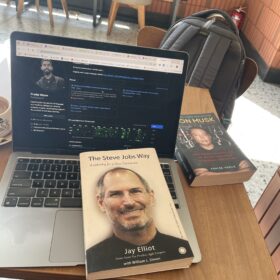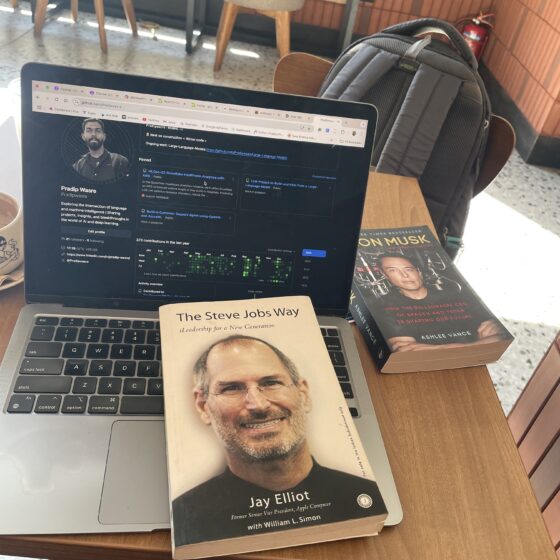Day 2 Blog: Mastering the Dimensions of LLM Engineering
Welcome to Day 2 of my journey in mastering LLM (Large Language Model) engineering! Today, we’ll delve deeper into three critical dimensions of LLM engineering: Models, Tools, and Techniques. This blog will also cover practical applications and an upgrade to our Day 1 project to enhance our understanding and skills.
You Will Master These 3 Dimensions of LLM Engineering
1. Models
-
Definition: Models are the backbone of LLM engineering. They process input data to generate meaningful output.
-
Types:
-
Open-Source Models: Free to use and modify. Examples include GPT-3 and BERT.
-
Closed-Source Models: Proprietary models, often requiring a subscription or payment to use. Examples include OpenAI’s GPT-4.
-
Multi-Modal Models: These models handle multiple types of data, such as text, images, and audio. Examples include DALL-E and CLIP.
-
-
Architecture: The design and structure of the model, including layers, attention mechanisms, and embeddings.
-
Selecting Models: Choosing the right model based on the task, data availability, and computational resources.
2. Tools
-
Definition: Tools are software and libraries that facilitate the use, training, and deployment of LLMs.
-
Examples:
-
Hugging Face: A popular platform for deploying and using transformers.
-
Langchain: A library for building applications with language models.
-
Radio: Tools for audio data processing.
-
Weights & Biases: A platform for tracking machine learning experiments.
-
Moal: Tools for model monitoring and analysis.
-
3. Techniques
-
Definition: Techniques are methods used to optimize and interact with LLMs.
-
Examples:
-
APIs: Interfaces for interacting with LLMs programmatically.
-
Multi-Shot Prompting: Providing multiple examples in prompts to guide the model’s response.
-
RAG (Retrieval-Augmented Generation): Combining retrieval of relevant documents with generation to enhance output.
-
Fine-Tuning: Adjusting a pre-trained model on a specific dataset for a particular task.
-
Agentization: Turning models into agents that can interact with environments and perform tasks autonomously.
-
Targeted for a Wide Range of Background Experience
-
Too Easy: Hang in there! This course will build every day. There are challenging and fun projects coming up.
-
Too Challenging: Take your time with the practicals, use extra guides in week 1, and ask for help.
-
Just Right: Excellent!
Three Ways to Use Models
1. Chat Interfaces
-
Example: ChatGPT
-
Description: Interactive platforms where users can input queries and receive generated responses.
2. Cloud APIs
-
Frameworks: Langchain, Managed AI Cloud Services
-
Examples: Amazon Bedrock, Google Vertex, Azure ML
-
Description: Services that provide AI capabilities over the cloud. These platforms manage the infrastructure, making it easier to integrate AI into applications.
3. Direct Inference
-
Tools: HuggingFace Transformers Library with Ollama
-
Description: Running models locally on your machine. This approach offers more control and avoids API costs.
Upgrade Day 1 Project
Let’s upgrade our Day 1 project to summarize a webpage using an open-source model running locally via Ollama instead of OpenAI. This technique can be used for all subsequent projects if you prefer not to use paid APIs.
Benefits:
- No API Charges: Open-source models are free to use.
- Data Privacy: Your data doesn’t leave your local machine.
Disadvantages:
- Less Power: Open-source models may have less computational power compared to frontier models.
Example Code with Detailed Comments
Here’s the enhanced code to summarize a webpage using an open-source model with Ollama:
Github Repo : Link

